The police in Kenya resorted to tear gas on Tuesday to disperse protests in Nairobi and several other towns, as demonstrators continued to demand President William Ruto’s resignation over allegations of poor governance. The protests persisted despite Ruto’s recent dismissal of nearly his entire Cabinet in an attempt to address public concerns.
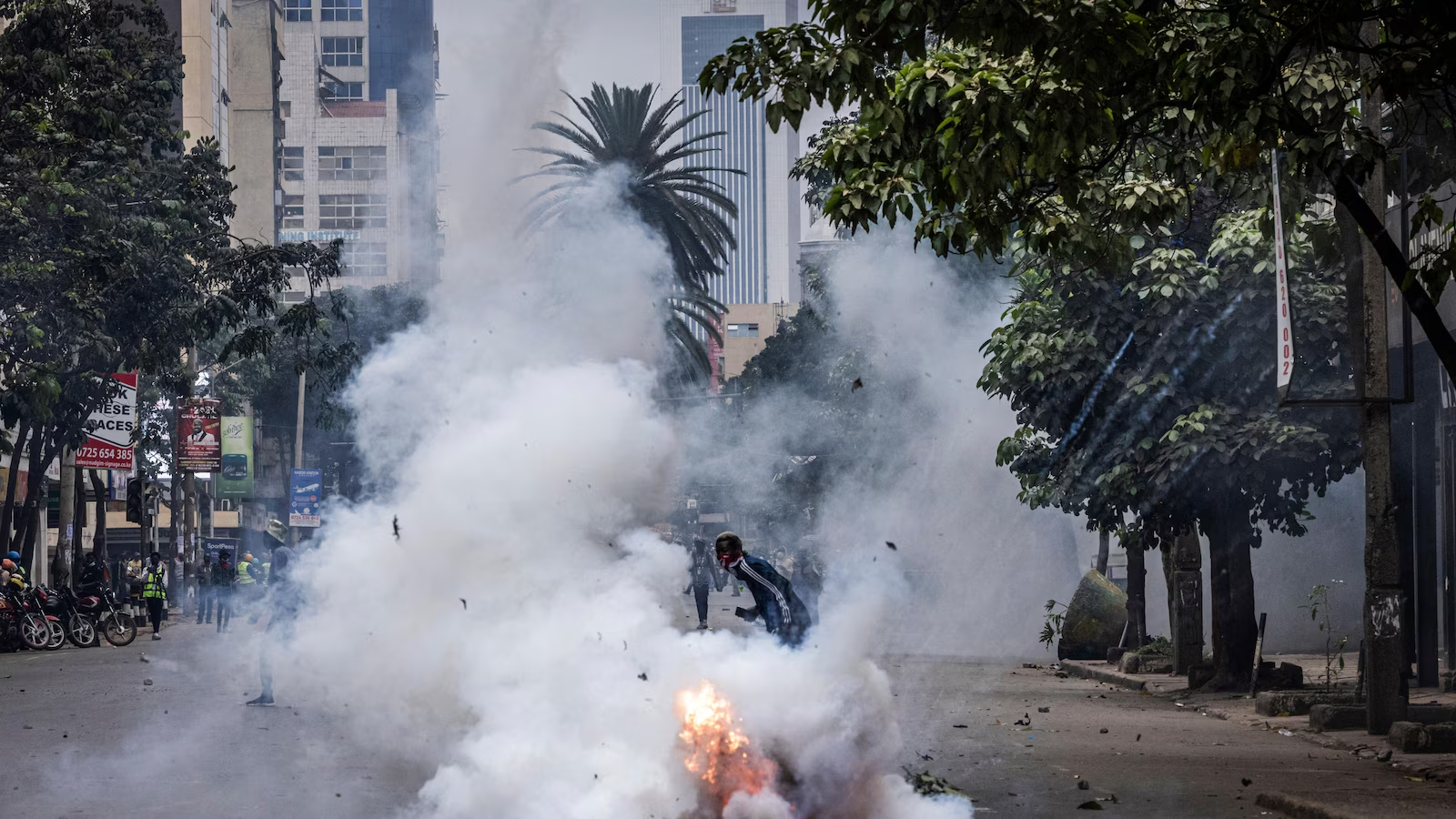
Businesses in Nairobi remained shuttered, fearing a repeat of the looting that occurred during last week’s demonstrations, which saw protesters storm Parliament and resulted in several fatalities at the hands of police. Demonstrators blocked major roads, including the highway to Namanga on Nairobi’s outskirts, and lit bonfires. Similar protests were reported in Mombasa, Kisumu, and Eldoret.
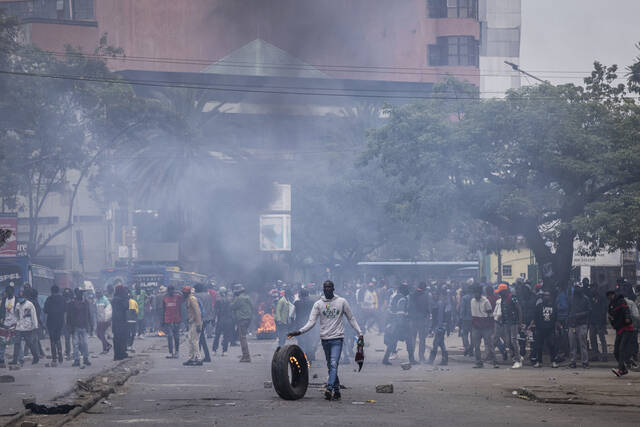
The ongoing unrest comes five days after President Ruto dismissed all but one Cabinet minister, pledging to form a more efficient and inclusive government. However, protesters remain unsatisfied, insisting they will continue until Ruto steps down. The resignation of the police chief on Friday, following accusations of brutality towards demonstrators, did little to quell the protests.
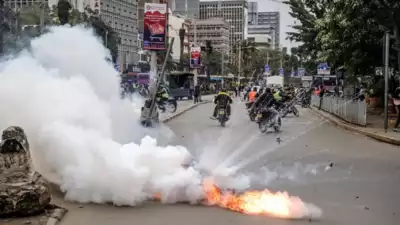
The demonstrations, which began on June 18, initially called for the dismissal of Cabinet ministers over allegations of incompetence, corruption, and displays of opulence amid a cost-of-living crisis. The situation escalated on June 25 when protesters stormed Parliament after the passage of a finance bill proposing tax increases, resulting in police opening fire and killing several people.
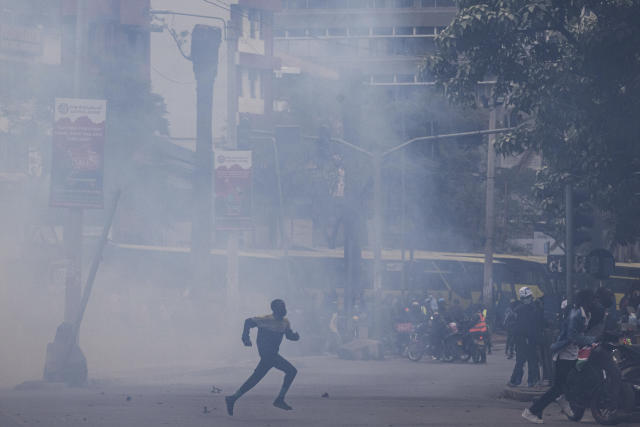
Despite Ruto’s subsequent refusal to sign the bill, demonstrations continued with calls for his resignation. Activists organizing the protests claim they are spontaneous and not led or funded by any particular group.
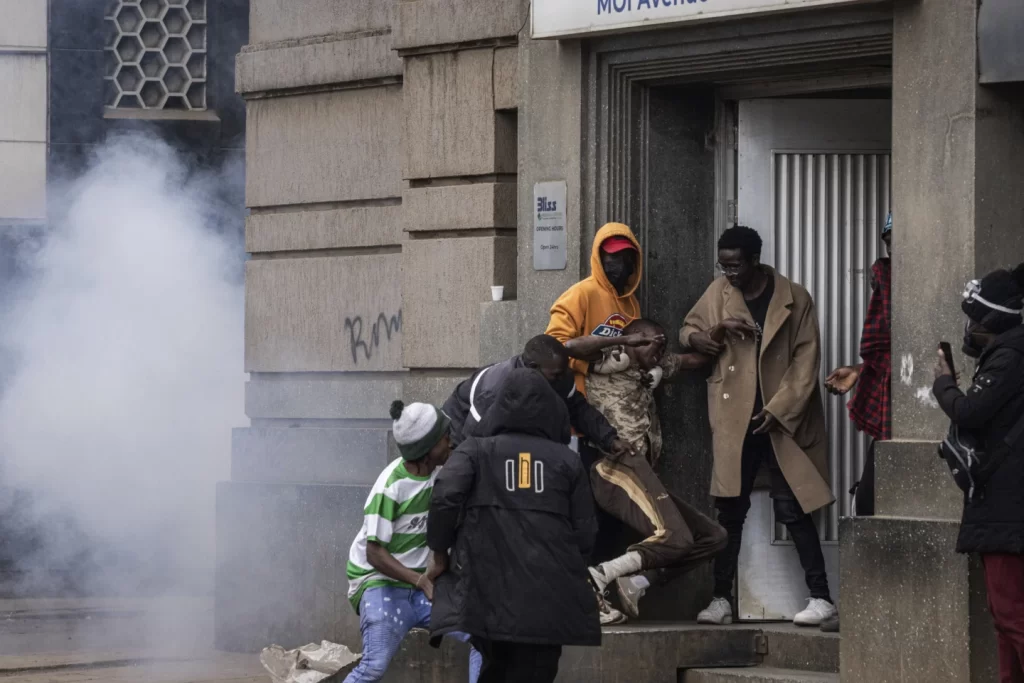
The Kenya National Commission for Human Rights reports that since June 18, 50 people have died in the protests, with 59 others abducted and missing. As the unrest continues, questions of accountability and governance remain at the forefront of demonstrators’ concerns.
AP



